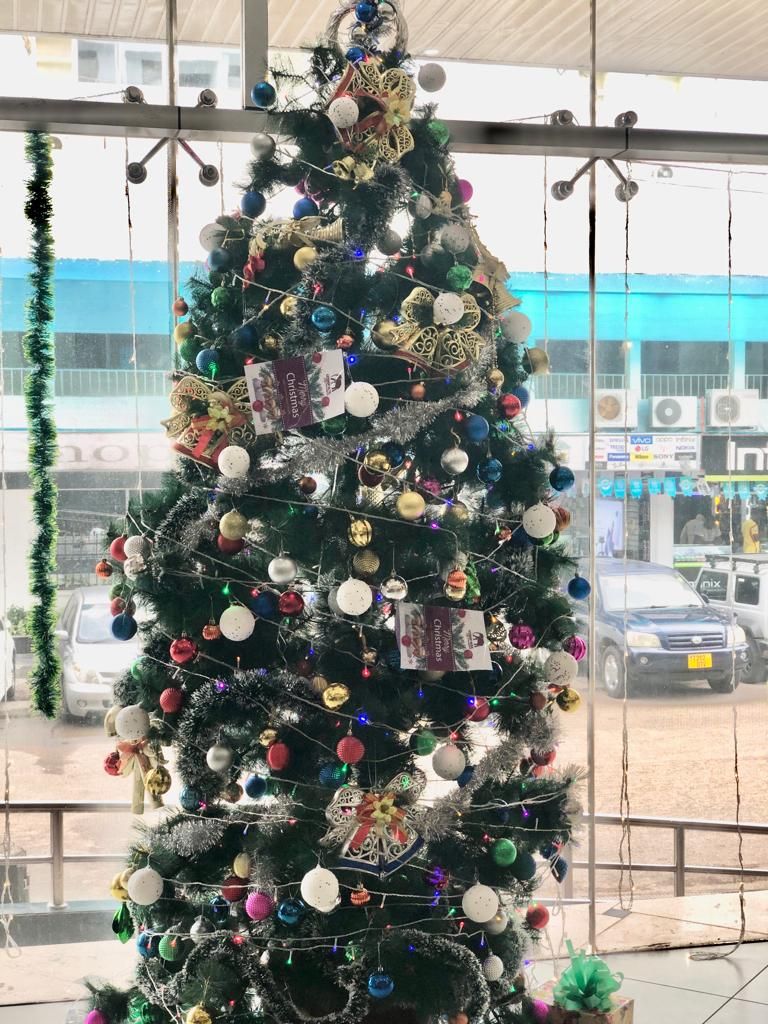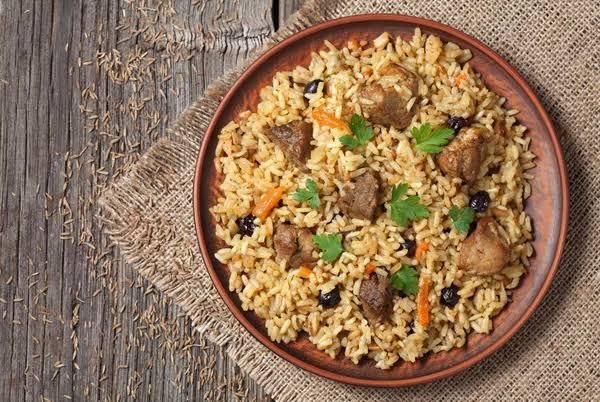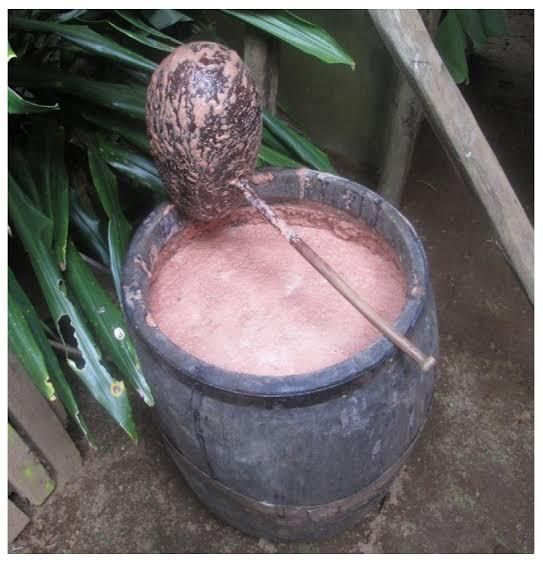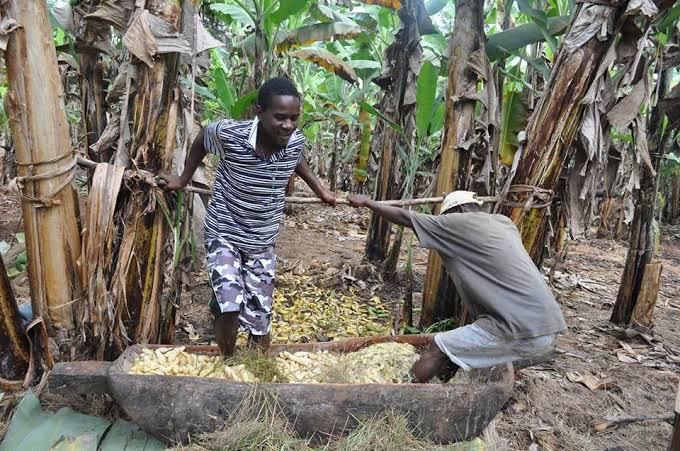Every year, Christians celebrate the birth of Jesus Christ on the 25th of December and the festivities continue on Boxing Day which falls on the 26th of December, a day dedicated to unwrapping all the gifts in your possession. In many customs, this period starts around the 25th of December and ends on the 6th of January the following year. These are famously known as the 12 Days of Christmas.
One of the most iconic symbols of Christmas is the Christmas tree, which is often adorned with lights, ornaments, and other decorations. Many people also decorate the outside of their homes with lights and other festive displays.
Gift-giving is another important aspect of Christmas, and people often exchange presents with loved ones on Christmas Day. Children may also write letters to Santa Claus asking for specific gifts, and some families have a tradition of opening gifts on Christmas Eve rather than Christmas Day.
Religious traditions also play a significant role in many people's celebrations of Christmas. Many people attend church services on Christmas Eve or Christmas Day, and others participate in activities such as singing Christmas carols or reading the Christmas story from the Bible.

A Christmas tree erected outside Gold Crest Hotel in Mwanza. Source: Philipo Florian
Food is also an important part of Christmas celebrations, and people often enjoy special meals and treats such as Pilau, roasted chicken, meat, and other festive foods. Some families may have their traditions for specific dishes that are served on Christmas Day.
My Early Christmas Experience
When I was growing up, my mother would buy a stack of cards, write the names of all the family friends, and sends them out in time for the season. This gesture is long lost with the internet, as many now opt for electronic cards.
On Christmas day, Church service bells ring and people flock to church. After the service, every house you pass by will have a mouthwatering aroma of pilau being cooked. In Tanzania, pilau is the celebratory food and it is usually eaten on special days.
Pilau is cooked in any size of a saucepan depending on the number of people. It is usually four to five people to one kilo of rice ratio. There are many ways to prepare pilau but the simple steps are heating the saucepan before adding cooking oil. When the cooking oil is heated up, add well-cut onions and heat them until they turn brownish, then add well-pounded garlic followed by other ingredients such as ginger, salt, pilau masala, and peeled Irish potatoes.
As they cook, the blend is then mixed with either meat or chicken (these have to be boiled well till they form a soup and are ready for consumption before mixing it). They are left to boil together for a while, then rice is added to the mixture followed by the soup from the meat.

Neatly served pilau. Source: Deposit pictures
When it is ready, it is usually served with Kachumbari, a mixture of tomatoes, onions, carrots, green pepper, lemon juice and salt. On a day like this, Pilau is accompanied by local fresh juices like mango or tropical juice and sodas.
In the afternoon, the families would sit together enjoying this special meal. Food is shared with Muslim neighbors as well, who often share their delectable food with others during the month of Ramadan and all Eid celebrations. In the evening, the children and youths would wear their new clothes and wander around in the streets buying snacks such as buns, half cakes, kebabs, crisps, tambi, and vitumbua, to celebrate the day. Others would go for Disco toto, a music dance for children in large halls where dance to their favorite songs, usually motivated by different kinds of gifts to be won for those who dance well.
The music played is usually a Tanzanian genre called Bongo Flavor which literally means the rhythm from Tanzania as it is distinguishable from other kinds of music from other countries. Some well known Bongo Flavor artists are Diamond Platinumz, Harmonize, Alikiba, and others, who produce beautiful music. When Boxing Day rolls in, it’s time for beach walks and hangouts with friends.
Family Reunions, Food and Drinks
Christmas is also an opportunity for families and friends to spend quality time together. Many people host or attend gatherings and parties, and may participate in activities such as playing cards, drafts, or dancing to music. Watching Christmas movies or TV specials is another popular activity during the holiday season.
In Tanzania, Christmas time is the best time of the year for many people as offices and workplaces are closed for the holidays from December 21st and work resumes on January 3rd. The time off allows for great family get-togethers as schools also take their winter break to celebrate the occasion.
Most families use this time of the year to visit their villages up country and the most notable are the Chaga and the Haya tribes. The two are mainly from the slopes of Mt. Kilimanjaro and Kagera region respectively, and some people joke about the mass upcountry travel by referring to it as “the great migration.” Public means like buses going to Kilimanjaro region are fully booked on the days leading to Christmas, while some families use private cars and others share rides with those who are traveling in the same direction.

A long stretch of vehicles as people travel for Christmas. Source: Umoja wa Wachaga
In the Kilimanjaro region, Christmas family reunions are usually in the form of feasts, meat roasting, and drinking of the local brew, Mbege. The local brew is prepared using raw bananas locally known as ‘ndizi ngombe’ which are harvested and stored in a warm and dark place to ripen.
 Ready to drink Mbege. Source: Mdpi.com
Ready to drink Mbege. Source: Mdpi.com
The ripe bananas are then peeled and put into a large pot and boiled for 6 hours The mix is then poured into a container and left to ferment for a few days. Whilst fermenting, the finger millet is prepared by placing it inside a plastic tarpaulin to sprout, later sun-dried and finely crushed to make flour.
The banana mix is poured into a container and left to ferment for a few days while the millet flour is cooked with some water to make a thick porridge. The millet mix is then added to the banana mix together and the brew is ready to be drunk after about two days. Mbege plays a very important social role in the lives of people and is usually shared among a group of people sitting together by passing around the glasses until more is needed.
The Haya also have their own local brew called Rubisi that is made by mixing ripe banana, sorghum and water. The production starts with green bananas that are ripened for 3–5 days in a covered, previously warmed, pit lined with banana leaves to ensure uniform temperature. The juice is extracted from the ripe banana by a group of men squeezing the fruit using their feet after mixing it using spear grass.
At this point, the sweet juice can be taken by children, women, and any other person that does not take alcoholic drinks. The juice is then filtered through grass held in a calabash funnel and diluted with water in known ratios. Roasted and ground sorghum is added to the diluted banana juice and incubated for 2–4 days until it ferments into alcohol.

The making of Rubis in Bukoba. Source: Bukobapamoja.blogspot
The Rubisi is shared among families and community members during festivals at no cost. When you visit the neighboring house, you would be given this drink as a gesture of friendship and communal sharing.
These local brews are usually consumed when people meet together for celebrations and are enjoyed over discussions on developmental issues, sharing knowledge gained through the year as well as providing business opportunities to others. Most of the successful people in business and entrepreneurship in Tanzania are from this Chaga tribe and it said that their success is enriched by this custom of meeting during Christmas, as many opportunities are shared before they return to work in January of the following year.
Tanzania boasts of other traditional drinks such as Wanzuki for the Ngoni, Togwa for the Bena, Ulanzi for the Hehe, Mnazi for the Zaramo etc. Most of the traditional brews are made of the available raw materials within that vicinity.
Back in the towns; walking down the streets, you would see that they are filled ritualistically with lights and Christmas decorations during this time of year. It is during this season that people send each other greeting cards and then you get to host a lot more visitors since they tend to drop by.
Conclusion
December is certainly a beautiful time in Tanzania as Christmas falls within it and connects people to share their blessings and eat together. This time of the year helps people refresh their minds and write down their New Year’s goals and resolutions.
The caution to consider is that January is usually a long month and has a lot of financial demands like school fees and house rent. It is important to celebrate responsibly while planning for January. With this being taken into consideration the Christmas holiday is vital for individual development. New zeal and energy to work harder can be the outcomes of this holiday and encourage everyone to increase productivity in January.
MERRY CHRISTMAS AND HAPPY NEW YEAR!
